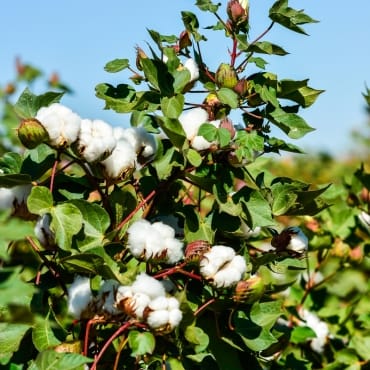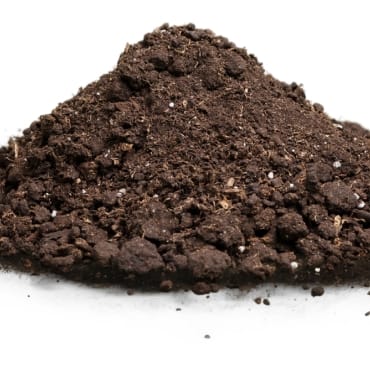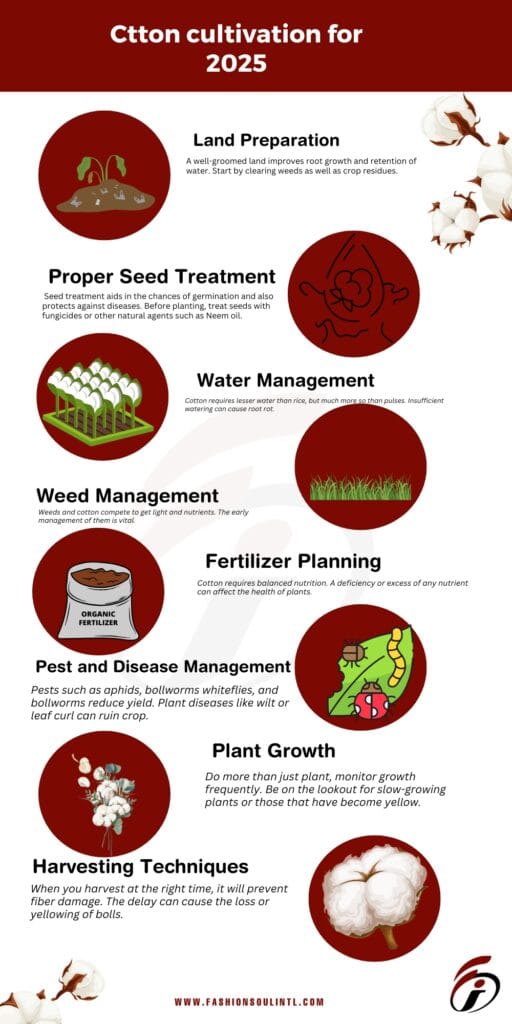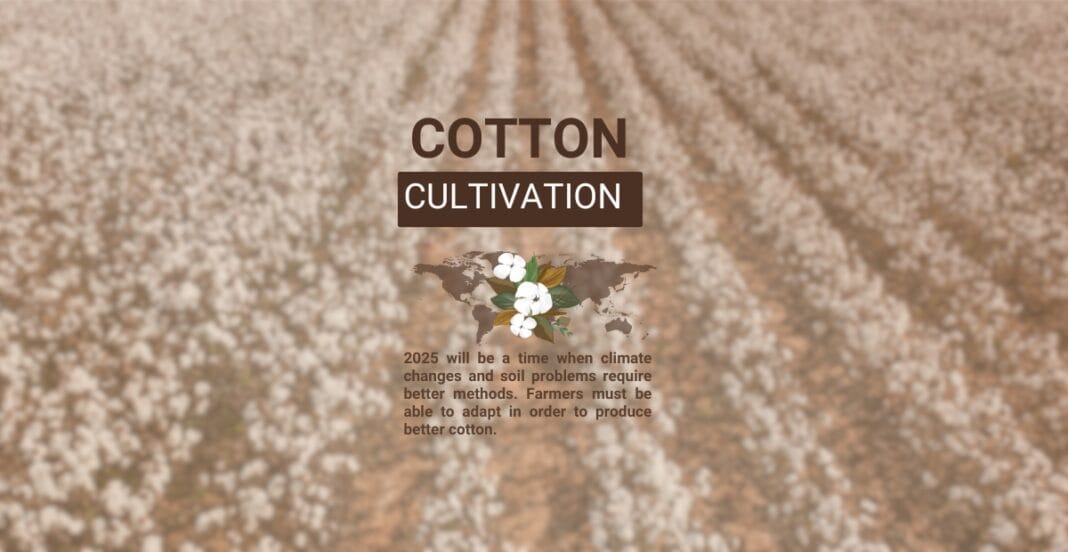The cultivation of cotton is more than the simple act of planting and harvesting. It’s an art. An effective approach can help farmers to cultivate high-quality cotton. It also helps reduce waste, and improve profits. 2025 will be a time when climate changes and soil problems require better methods. Farmers must be able to adapt in order to produce better cotton.
It’s not just a cultivated crop. It’s the basis in the world of manufacturing textiles. Millions of farmers cultivate it across the globe. However, many have low yields. Why? Most likely because of poor planning and outdated strategies.
Let’s look at strategies for growing cotton more efficiently, with greater efficiency and more profitable.
Table of contents
- Importance of Strategic Cotton Farming in 2025
- Understanding Soil Health Before Cotton Cultivation
- Choosing the Right Cotton Varieties for Better Results
- Organic Practices in Cotton Cultivation
- The Role of Technology in Modern Cotton Cultivation
- Climate Change and Its Effect on Cotton Cultivation
- Common Mistakes to Avoid During Cotton Cultivation
- Benefits of Crop Rotation in Cotton Cultivation
- Understanding the Cotton Growth Cycle
- Financial Planning for Cotton Cultivation
- Best Tools and Equipment for Efficient Cotton Farming
- Role of Government Schemes in Cotton Cultivation (India Example)
- How to Boost Cotton Profit Margins in 2025
- Future Trends in Cotton Cultivation
- Conclusion
- FAQs
Importance of Strategic Cotton Farming in 2025

Why should we be focusing on strategy now? Since 2025 will bring new challenges and opportunities. The cost of inputs are increasing. Weather patterns can be unpredictable. Pests evolve faster. Yet, the the demand for cotton in the world is extremely high.
If they follow the correct strategies, farmers will be able to:
- Improve the health of your cotton
- Utilize less resources
- Profit more from your investment
The success of cotton cultivation is a result of smart choices, right from the seed to the market.
Understanding Soil Health Before Cotton Cultivation

Everything begins with soil. A healthy soil is the best friend of a farmer. Cotton needs a well-drained, rich and loamy soil that has an acid pH.
The key methods to prepare and test soil
- Check the soil’s pH as well as other nutrients.
- Incorporate compost or organic matter for better the texture.
- Utilize gypsum or lime to reduce salinity or acidity.
- Rotate the legumes with the aim of restoring nitrogen naturally.
Improving soil can ensure that roots are stronger and better yield.
Choosing the Right Cotton Varieties for Better Results
In 2025, technology for seeds is at the forefront. Select seeds that are compatible with the climate of your area. Always select seeds that have been certified. Avoid seeds that have not been tested or saved.
Look for variations that include:
- Drought-tolerant
- Pest-resistant
- High-yielding
- Early maturing
BT cotton remains popular. However, indigenous and organic seeds are also gaining popularity.

1: Land Preparation for Cotton Cultivation
A well-groomed land improves root growth and retention of water. Start by clearing weeds as well as crop residues.
Steps:
- Plough the field three times.
- Harrow is used to break up large clods.
- The land should be leveled to prevent the risk of waterlogging.
- Include organic matter prior to the final plowing.
Preparing your land is the initial investment to ensure a successful harvest.
2: Proper Seed Treatment and Germination
Seed treatment aids in the chances of germination and also protects against diseases. Before planting, treat seeds with fungicides or other natural agents such as Neem oil.
The best practices
- Make use of biofertilizers, such as Azospirillum and Rhizobium.
- Soak the seeds in water for six hours to promote better sprouting.
- Then, dry them under shade prior starting to sow.
Seeds treated with treatment are stronger.
3: Optimum Sowing Time and Method
Timing is important. Planting cotton at the incorrect time can result in a low yield. The ideal time to sow is dependent on the area.
General rules:
- In India In India, you can sow between April to June.
- Utilize this ridge-and-furrow technique for dry terrains.
- Maintain spacing of 75cm between rows and 25cm between plants.
The uniform spacing allows for proper airflow, which reduces the risk of disease.
4: Water Management in Cotton Fields
Cotton requires lesser water than rice, but much more so than pulses. Insufficient watering can cause root rot.
Tips for irrigation:
- The water in the flowering and boll stage of formation.
- Make use of drip irrigation to conserve water.
- Beware of flood irrigation since it is a waste of resources.
Use water wisely to produce more cotton and with less effort.
5: Weed Management to Boost Yield
Weeds and cotton compete to get light and nutrients. The early management of them is vital.
How to manage the weeds:
- Manual weeding between 20 and 45 days following sowing.
- Mulching can be used to stop the growth of weeds.
- Apply herbicides pre-emergent prior to sowing.
More cotton, less weed.
6: Fertilizer Planning and Application
Cotton requires balanced nutrition. A deficiency or excess of any nutrient can affect the health of plants.
Apply fertilizers to:
- Nitrogen for growth
- Phosphorus is essential for root growth.
- Potassium is essential for boll development
Split doses: early or mid-growth, and then prior to flowering. Include micronutrients such as zinc and Boron if you need.
7: Pest and Disease Management in Cotton
Pests such as aphids, bollworms whiteflies, and bollworms reduce yield. Plant diseases like wilt or leaf curl can ruin crop.
Techniques for controlling:
- Utilize pheromone traps as well as sticky traps.
- Rotate crops in order to end the cycle of pests.
- Spray neem oil, or biopesticides.
- Use the integrated Pest Management (IPM) methods.
Plants that are healthy defend themselves naturally.
8: Plant Growth Monitoring and Spacing
Do more than just plant, monitor growth frequently. Be on the lookout for slow-growing plants or those that have become yellow.
Tips for keeping plants in good health:
- Take down weak plants as early as possible.
- Be sure to maintain the proper spacing in order to avoid overcrowding.
- Remove any leaves that are excessive to let sunlight in.
Healthy plants equal bigger cotton bolls.
9: Harvesting Techniques for Quality Cotton
When you harvest at the right time, it will prevent fiber damage. The delay can cause the loss or yellowing of bolls.
Harvesting tips:
- Select cotton once bolls are open.
- Avoid picking wet cotton.
- Clean hands and tools are essential.
Keep cotton dry and well-maintained areas to ensure its quality.
10: Post-Harvest Management and Market Readiness
Following harvesting, the job remains to be done. The cotton must be separated dry, packed, and dried cautiously.
The most important practices:
- The grade of cotton is determined by the length of fiber and color.
- Avoid moisture during storage.
- Use bags that are breathable for packing.
- Verify local market prices before selling.
The proper post-harvest care can boost the amount of money made.
Organic Practices in Cotton Cultivation
Many farmers are shifting towards organic cotton. It lowers the cost of inputs and is in line with the market demand for environmentally friendly fibers.
Methods for organic use include
- Compost is a better option than chemical fertilizers.
- Neem and garlic sprays to control insects.
- Crop rotation using legumes.
Organic farming can be profitable and sustainable.
The Role of Technology in Modern Cotton Cultivation
Technology is revolutionizing how we cultivate. Drones, apps and sensors can make farming more efficient and efficient.
The benefits of using technology:
- Monitor the health of your plants remotely.
- Get alerts about weather conditions.
- Automate irrigation.
Stay ahead of the curve with digital tools for farming.
Climate Change and Its Effect on Cotton Cultivation
The changing weather impacts the growth of cotton. Floods, droughts, and the introduction of new pests pose real issues.
Tips for Adaptation:
- Select seeds that are climate-resistant.
- Mulch can help retain soil water.
- Windbreaks are planted to help protect crops.
Plan ahead to avoid panic.
Common Mistakes to Avoid During Cotton Cultivation
Making sure you avoid mistakes is just as important as following the right guidelines.
The most common mistakes to avoid:
- The overuse of fertilizers
- Poor seed quality
- Inattention to pest warnings
- Delayed harvesting
Learn from the mistakes of others and not learn from your own mistakes.
Benefits of Crop Rotation in Cotton Cultivation
Crop rotation can break cycle of pests and improves soil health.
The cotton should be rotated using:
- Pulses that resemble gram or lentils
- Sunflowers are oil-based seeds.
The land is refreshed and increases the yield of cotton next year.
Understanding the Cotton Growth Cycle
Understanding the stages of the crop can aid in the timely intervention.
Principal stages:
- Germination
- Vegetative growth
- Flowering
- Boll formation
- Maturity
Each stage requires a specific level of care.
Financial Planning for Cotton Cultivation
Without a plan, farming can lead to losing money. Budget every step.
Plan for:
- Fertilizers and seeds
- Costs for labor
- Equipment and irrigation
- Transport and marketing
Monitor expenses to remain profitable.
Best Tools and Equipment for Efficient Cotton Farming
Making use of the right tools can save time and energy.
Effective tools:
- Tractor and plough
- Seed drill
- Sprayers
- Machine for picking cotton
Modern technology makes huge farms easily manageable.
Role of Government Schemes in Cotton Cultivation (India Example)
Farmers in India are able to take advantage of schemes such as:
- PM-KISAN: Financial support
- Sol Health Cards The purpose of this card is to increase awareness about fertility.
- Cotton Corporation of India (CCI): Minimum support price (MSP)
Utilize the information provided to you. It’s yours.
How to Boost Cotton Profit Margins in 2025
Margins are important. Small savings can result in huge profits.
Enhance profits through:
- Bulk purchases of inputs
- Reduced use of chemicals and water
- Direct sales to buyers directly
- Affiliation to a farmer producer group (FPO)
Smart farmers make more.
Future Trends in Cotton Cultivation
What do we expect in the near future?
Trends to keep an eye on:
- Vertical cultivation for cotton
- AI-based pest control
- The demand worldwide for organic cotton
Be prepared to change.
Conclusion
In 2025, cotton cultivation requires clever planning, innovative techniques as well as the traditional wisdom. If you’re just beginning your farming journey or have years of experience, these strategies could alter the results.
From the preparation of soil to post-harvest management, each stage is crucial. Follow the plan and avoid common mistakes, and utilize the available equipment and tools and.
The cultivation of cotton is more than just a mere crop, but an opportunity to connect along with the natural world. Read more about cotton benefits
FAQs
Between April and June, depending on your region and climate.
BT cotton is widely used, but region-specific hybrids perform well too.
Irrigate 6–8 times, focusing on flowering and boll development.
Yes, organic cotton is in demand and offers good returns.



One thing that stood out to me is the emphasis on soil health. In our region, rotating with legumes has made a noticeable difference in cotton output—would love to hear if others are seeing similar results.